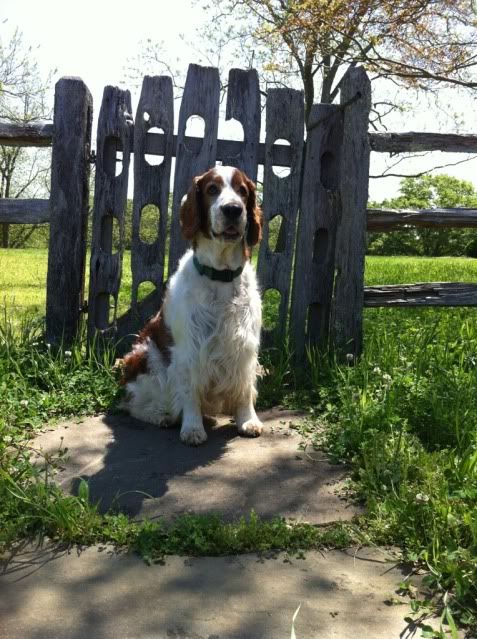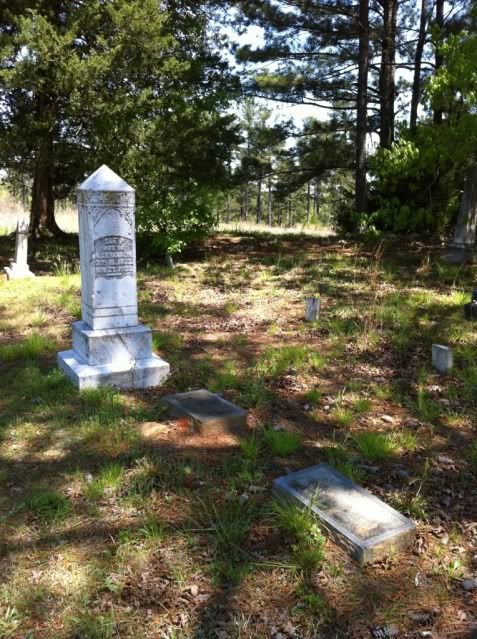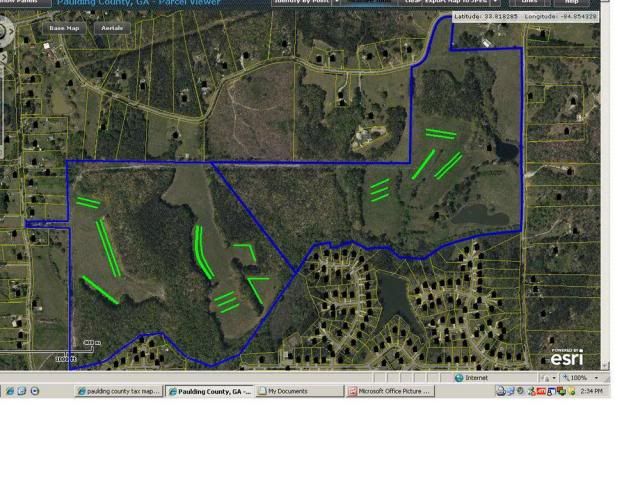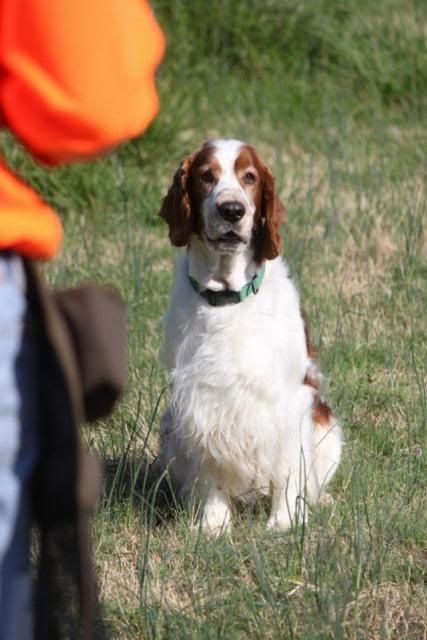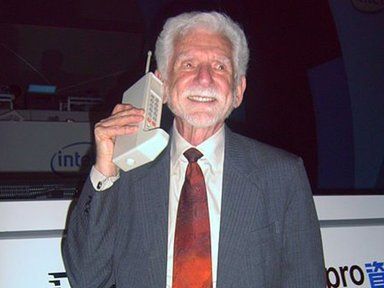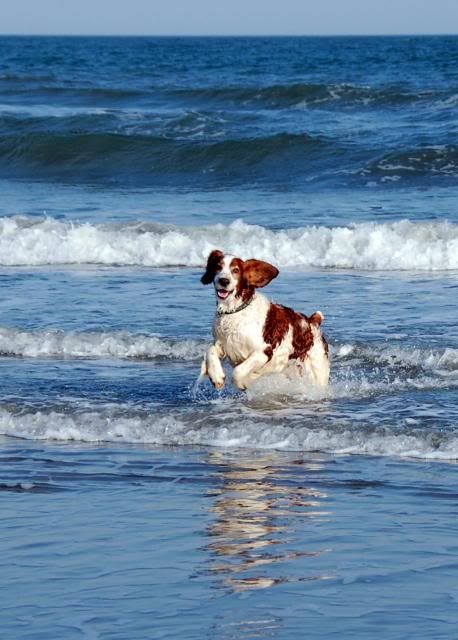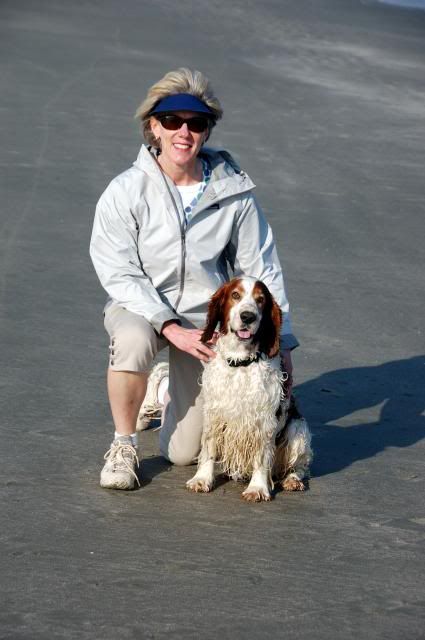"They're really saying 'I love you.'"
Of course, that's a fine line of neighborly love expressed in "What a Wonderful World," from the American Songbook, notably and memorably sung by Louie Armstrong.
I was underground in Chicago, waiting for the Blue Line Last week at the Jackson Street Station. Two guys were performing for tips. The music was ok, but no one was listening.
The two changed their approach. Out went the modern music and in came the beach classic, "Under the Boardwalk," and the crowd softened, and, if I'm not mistaken, the tip bucket started to fill.
After that inviting song, the two sang "Wonderful World." This standard, like beach music, is simple enough to render in the cavern of the Blue Line El station. A wonderful interlude, indeed. Taken by the spirit, up stepped the gentleman in the photo below who thought he'd give a shot at mimicing Satchmo's matchless gravelly voice. And then to the wonder of all, he did a credible job indeed. Now there were some real smiles. Friends greeting friends, saying "How do you do?"
Monday, April 29, 2013
Sunday, April 28, 2013
Springtime in Chicago
Every April weekend, the bridges along the Chicago River are raised for a few minutes to allow the tall boats to pass from their winter quarters along the river to their summer home in Burnham Harbor in Lake Michigan. A relatively rare weekday lift produced this photo. The weather was bright and cool, and the sight provided a tantalizing prospect of summer.
Tuesday, April 23, 2013
He's not counter-cruising, he's communicatn'
Those animal psychologists are at it again. The Science section of today's New York Times tells of one such luminary, a former Emory student and now a Duke University associate professor, who investigates how dogs and humans signaled one another. Evidently, humans and chimps don't communicate very well. It's nearly impossible to help a chimp find a banana by pointing at it, and yet humans and dogs interact in this way all the time.
The researcher, Brian Hare developed some tests to determine how dogs learn to understand the intentions of their handlers.
Anyone who has watched a handler with a retriever understands how the dog will respond to the semaphoric commands. A spaniel in the field will steal a quick look at his handler to understand what portion of the field to cover.
Does your dog yawn when you do? That's one empathetic clue of a close bond. According to Dr. Hare, there is a surprising, to him, link between empathy in dogs and deception:
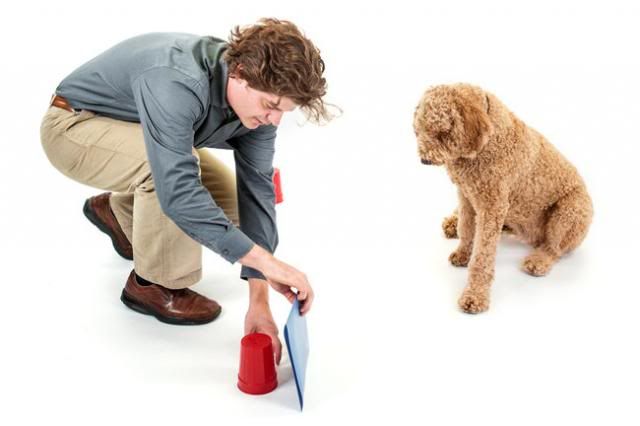 Brian Hare communicating with his dog. (Courtesy of the NYT 4/23/13, p. D3.)
Brian Hare communicating with his dog. (Courtesy of the NYT 4/23/13, p. D3.)
The researcher, Brian Hare developed some tests to determine how dogs learn to understand the intentions of their handlers.
Anyone who has watched a handler with a retriever understands how the dog will respond to the semaphoric commands. A spaniel in the field will steal a quick look at his handler to understand what portion of the field to cover.
Does your dog yawn when you do? That's one empathetic clue of a close bond. According to Dr. Hare, there is a surprising, to him, link between empathy in dogs and deception:
The dogs that are most bonded to their owners turn out to be most likely to steal food. 'I would not have that to test for that relationship at Duke, but with Dognition we can see it.'
 Brian Hare communicating with his dog. (Courtesy of the NYT 4/23/13, p. D3.)
Brian Hare communicating with his dog. (Courtesy of the NYT 4/23/13, p. D3.)Training notes
We tried a new tactic on Sunday. We did an exercise similar to a mark. I sat Larsen by my side and Cathy tossed the bird, which Larsen marked. I then sent Larsen using the "back" command rather than his name. As he hot-footed to the bird, I hit the whistle and made him stop and sit. He sat, and then I'd call him back and send him again. Sometimes I'd stop him and return him, sometimes I let him go get the bird.
Larsen cheated and I repositioned him. On another turn, I sent him and then hit the whistle and he peeled off like a fighter jet being called off from a run at the last minute. I repositioned him again.
His retrieves were messy, and I gave him a very no-nonsense correction that told him to just knock off the play.
These corrections paid off. On his last few turns, he sat when whistled (in one sweet turn, he self-corrected by wiggling his sitting rear-end backwards toward me). His deliveries were flawless.
Finally, we set Larsen up for quartering with the check cord and a clip wing. Our thought was that we wanted to put the pieces together but make sure that he was fully under control. Larsen sat to the flush and the bird hopped away. I called him to me and sat him. The bird flushed and flew (evidently not as clipped as we thought) and Shoni shot it. I sent Larsen who missed the mark (possibly just due to overload) and he headed to the river's edge. I found him patiently waiting for me after he tangled himself on a log.
This was a successful outing. The drills increased the probability of success from 50:50 to 99%. We knew he could do these things, and at this point, we need to get to rock stability and 100% success before moving forward. In the future we will trick out the drills and change them around and introduce new challenges so that we don't get stale and he can move forward, but this was an ideal outing.
Larsen cheated and I repositioned him. On another turn, I sent him and then hit the whistle and he peeled off like a fighter jet being called off from a run at the last minute. I repositioned him again.
His retrieves were messy, and I gave him a very no-nonsense correction that told him to just knock off the play.
These corrections paid off. On his last few turns, he sat when whistled (in one sweet turn, he self-corrected by wiggling his sitting rear-end backwards toward me). His deliveries were flawless.
Finally, we set Larsen up for quartering with the check cord and a clip wing. Our thought was that we wanted to put the pieces together but make sure that he was fully under control. Larsen sat to the flush and the bird hopped away. I called him to me and sat him. The bird flushed and flew (evidently not as clipped as we thought) and Shoni shot it. I sent Larsen who missed the mark (possibly just due to overload) and he headed to the river's edge. I found him patiently waiting for me after he tangled himself on a log.
This was a successful outing. The drills increased the probability of success from 50:50 to 99%. We knew he could do these things, and at this point, we need to get to rock stability and 100% success before moving forward. In the future we will trick out the drills and change them around and introduce new challenges so that we don't get stale and he can move forward, but this was an ideal outing.
Saturday, April 20, 2013
Flat Coated Retriever Trial
Larsen and I made our way to the Starrsville Plantation in Covington, Ga where the Flat Coated Retriever National Specialty was having its hunt test, where friends Tim P., Bill, T., Frank M. and Al, and possibly Roger H were shooting (I never ran into Roger).
Flat-coated retrievers are smaller and less bulky than Labs. Some at Starrsville Plantation think that the breed may have some Irish/Red setter genes, and that is a reasonable guess, given the lither frame of the flat coat. The dogs generally have glossy black coats, although I saw one or two liver (brown) dogs, and one owner said that yellow seems to be a rare, but occasional recessive.
The retriever test is different than the Spaniel (upland) test. I watched the action in the Junior test. The dog had to retrieve two ducks. The first was sprung from a hideout 60 or so yards away and a blank shot was fired. For the second, the (live) duck was launched off the dog and handler's left shoulder (launcher and gunners were maybe 20 yards to the side) and the bird shot as it flapped up in the sky.
Both retrieves essentially were hunt deads and your dog was asked to be steady at the line with you standing over the dog. I did not notice whether the junior dogs were gently restrained, but I think not. I believe they were steady. The dogs were then released. They were not given oral, semiphoric, or whistle commands. I am not sure if there were words of encouragement, as I stood a bit behind the action. I had been closer with the gallery, but moved off when Larsen made a little whine of envy.
I believe that our well-trained spaniels could do those hunt deads, although there would be some adjustment with what I perceived to be the disallowance of whistling and the like.
Larsen and I visited the Master Hunter water work, but there was a lunch break in the action so we made our way home.
Starrsville Plantation looked like a homey farm. There was a small cemetary with stones dated as late as 1902. The little bit of the property that Larsen and I toured looked promising for a spaniel test. Starrsville itself appears to be a defunct one-time railroad station. Now it is just an exurb of Atlanta.
Larsen at an orchard gate at the Starrsville Plantation in Covington, Ga.
The souls of the faithful rest easily among the pines.
Barn from a bygone day near the one-time Starrsville train depot.
Spring lilacs drape the rusted tracks near the shuttered Starrsville train depot.
Flat-coated retrievers are smaller and less bulky than Labs. Some at Starrsville Plantation think that the breed may have some Irish/Red setter genes, and that is a reasonable guess, given the lither frame of the flat coat. The dogs generally have glossy black coats, although I saw one or two liver (brown) dogs, and one owner said that yellow seems to be a rare, but occasional recessive.
The retriever test is different than the Spaniel (upland) test. I watched the action in the Junior test. The dog had to retrieve two ducks. The first was sprung from a hideout 60 or so yards away and a blank shot was fired. For the second, the (live) duck was launched off the dog and handler's left shoulder (launcher and gunners were maybe 20 yards to the side) and the bird shot as it flapped up in the sky.
Both retrieves essentially were hunt deads and your dog was asked to be steady at the line with you standing over the dog. I did not notice whether the junior dogs were gently restrained, but I think not. I believe they were steady. The dogs were then released. They were not given oral, semiphoric, or whistle commands. I am not sure if there were words of encouragement, as I stood a bit behind the action. I had been closer with the gallery, but moved off when Larsen made a little whine of envy.
I believe that our well-trained spaniels could do those hunt deads, although there would be some adjustment with what I perceived to be the disallowance of whistling and the like.
Larsen and I visited the Master Hunter water work, but there was a lunch break in the action so we made our way home.
Starrsville Plantation looked like a homey farm. There was a small cemetary with stones dated as late as 1902. The little bit of the property that Larsen and I toured looked promising for a spaniel test. Starrsville itself appears to be a defunct one-time railroad station. Now it is just an exurb of Atlanta.
Larsen at an orchard gate at the Starrsville Plantation in Covington, Ga.
The souls of the faithful rest easily among the pines.
Barn from a bygone day near the one-time Starrsville train depot.
Spring lilacs drape the rusted tracks near the shuttered Starrsville train depot.
Guilty!
Four 8-ounce pieces of chicken boneless chicken breast, lightly poached.
That's the first ingredient in Aki's chicken salad that she is preparing for the ladies at the bridal shower. Aki, upstairs and working, dismissed the clattering sound in the kitchen, which upon further review turned out to be Larsen's acrobatic retrieval of the chicken from atop the radio on the kitchen counter where the cooling birds rested.
That's two pounds of meat at a single gulp. As you can see, Larsen has taken the 5th, but, by the same token is unable to look the camera in the eye on his perp walk.
Larsen avoids the reporter's persistent interrogation.
Monday, April 15, 2013
A little more control, all things considered
If Hunt Tests had two innings, we might have something going.
Larsen's first turn out involved self-hunting and the like. On a fly-away quail, I pulled Larsen in and got him hunting again. We continued a hunt, with periodic shots fired and a command to sit. Larsen honored the command, though more slowly than he should. Finally, a chukar was flushed and Larsen ran to the far end of the field, where he leaped through the barbed wire fence and went into the drainage ditch and then returned with that quail. I looped him up and put him away.
On the second turn, Larsen was more attentive. I should back up and say that between turns, I ran Zelda, and gave her some grumping when she didn't pay attention to me. Shoni and Cathy thought that was a better attitude with a dog than the mother-may-I pleading I might otherwise do with that sweet dog, who, by the way, doesn't belong to me.
So on that second turn, I was firmer with my voice commands, and Larsen responded. He sat better to shots. The contrived flush of a rolled-in bird brought him to a halt. Then the unpredictable occurred.
Whether it was a partial flush, or just a wandering bird, there occurred that situation where the bird is bobbing along out in the open for everyone, including a curious spaniel, to see. I pipped Larsen to me and made him sit as we figured out what to do. Cathy decided she would flush the bird, Shoni would shoot it, and Larsen would retrieve.
Cathy ran at the bird and flapped her arms, but the bird simply bobbed this way and that. By the time she flushed the bird, we were all pretty much taken with the action, but Shoni recovered enough to down the bird. Larsen took off a tad sooner than he should have, but it was my fault with getting caught up with Cathy's antics and not keeping a firmer mental grip on the dog. I don't fault him for that break, and it was a far better outcome than would have been the case if I'd sent him in for the flush. I grade it as one thumb up.
The weather got grayer by the minute and by the end, it was a cold steady rain. Cathy, Shoni, and Coralee attended. Humphrey, Zelda, Bing, Sunny, and Rowdy got out, as did Larsen, and enjoyed every minute.
Larsen's first turn out involved self-hunting and the like. On a fly-away quail, I pulled Larsen in and got him hunting again. We continued a hunt, with periodic shots fired and a command to sit. Larsen honored the command, though more slowly than he should. Finally, a chukar was flushed and Larsen ran to the far end of the field, where he leaped through the barbed wire fence and went into the drainage ditch and then returned with that quail. I looped him up and put him away.
On the second turn, Larsen was more attentive. I should back up and say that between turns, I ran Zelda, and gave her some grumping when she didn't pay attention to me. Shoni and Cathy thought that was a better attitude with a dog than the mother-may-I pleading I might otherwise do with that sweet dog, who, by the way, doesn't belong to me.
So on that second turn, I was firmer with my voice commands, and Larsen responded. He sat better to shots. The contrived flush of a rolled-in bird brought him to a halt. Then the unpredictable occurred.
Whether it was a partial flush, or just a wandering bird, there occurred that situation where the bird is bobbing along out in the open for everyone, including a curious spaniel, to see. I pipped Larsen to me and made him sit as we figured out what to do. Cathy decided she would flush the bird, Shoni would shoot it, and Larsen would retrieve.
Cathy ran at the bird and flapped her arms, but the bird simply bobbed this way and that. By the time she flushed the bird, we were all pretty much taken with the action, but Shoni recovered enough to down the bird. Larsen took off a tad sooner than he should have, but it was my fault with getting caught up with Cathy's antics and not keeping a firmer mental grip on the dog. I don't fault him for that break, and it was a far better outcome than would have been the case if I'd sent him in for the flush. I grade it as one thumb up.
The weather got grayer by the minute and by the end, it was a cold steady rain. Cathy, Shoni, and Coralee attended. Humphrey, Zelda, Bing, Sunny, and Rowdy got out, as did Larsen, and enjoyed every minute.
Tuesday, April 9, 2013
Paulding County Bird Club
Aki and I are considering joining the new Paulding County Bird Club. This was a venture that Frank M. brought forward based on an idea from Mark W, a dog enthusiast who has both a pointer and a springer. Mark has some pointer friends who may wish to form a club, and possibly for comic relief they brought the idea to Frank, a confirmed spaniel guy.
Frank, Deb, Susan, Allen, Aki and I toured the property with an eye to joining the club. The property is approximately 220 acres and is located north west of Douglasville. We would drive east on I-20 to exit 36 and then north for a few miles.
Shooting and hunting are permitted (e.g., no Sunday shooting restriction), subject to state law. It takes an hour to get to the property. This saves 30 minutes from the trip to Heflin, but is about 20 minutes longer than the jaunt to Lake Alatoona, albeit there is no bird training permitted at the lake.
There are two small ponds for water work and to cool off a hot dog. They are runoff ponds with no obvious spring or stream, so they might get low, muddy, and nasty during the summer. There is also the danger that they could concentrate agricultural runoff if fertilizers are used on the proposed hay and millet crops. The property also has a few buildings (house, barn, implement shed) that are wrecks due to weather and vandals.
The goal is to make the property available for those members who genuinely want to train, and not allow it to be pressed into service for hunting trials and the like. In addition to the club fees, there will be mandated work days (brush clearing, planting millet, etc.). As explained, the desired improvements and proposed upgrades do not seem to be so expansive as to represent a huge sunk cost in the first year's availability. Given the state of the economy and the location of the property, it does not seem likely that the exurban housing boom will cause the property to turn into a subdivision in the near future, although, of course, only time will tell.
The property is really quite pretty, and we all had a great end-of-day hike, and for that alone the trip was worth it.
Frank, Deb, Susan, Allen, Aki and I toured the property with an eye to joining the club. The property is approximately 220 acres and is located north west of Douglasville. We would drive east on I-20 to exit 36 and then north for a few miles.
Shooting and hunting are permitted (e.g., no Sunday shooting restriction), subject to state law. It takes an hour to get to the property. This saves 30 minutes from the trip to Heflin, but is about 20 minutes longer than the jaunt to Lake Alatoona, albeit there is no bird training permitted at the lake.
There are two small ponds for water work and to cool off a hot dog. They are runoff ponds with no obvious spring or stream, so they might get low, muddy, and nasty during the summer. There is also the danger that they could concentrate agricultural runoff if fertilizers are used on the proposed hay and millet crops. The property also has a few buildings (house, barn, implement shed) that are wrecks due to weather and vandals.
The goal is to make the property available for those members who genuinely want to train, and not allow it to be pressed into service for hunting trials and the like. In addition to the club fees, there will be mandated work days (brush clearing, planting millet, etc.). As explained, the desired improvements and proposed upgrades do not seem to be so expansive as to represent a huge sunk cost in the first year's availability. Given the state of the economy and the location of the property, it does not seem likely that the exurban housing boom will cause the property to turn into a subdivision in the near future, although, of course, only time will tell.
The property is really quite pretty, and we all had a great end-of-day hike, and for that alone the trip was worth it.
Monday, April 8, 2013
Practice report
Maybe it was the two week layoff, but Larsen ignored the whistle. He was in for multiple corrections. Ultimately, Tim, Frank M. and I left him sitting in the field mewling while we walked off. Tim and Frank agreed that his plaintive yipping was his way of demanding that I march myself back to him right now and get him hunting again.
On the positive front, Larsen was steady to the gun and steady to a chukar flush and a rolled-in pigeon. My whistle work was a bit more timely, though I heard Tim pip on his whistle on occasion just a tad sooner than my own. Ultimately, we did not have Larsen retrieve any birds because of his me-first attitude, even the chuckar that was flushed and shot, which we picked up ourselves.
I'll take some time during the week to work Larsen on a check cord and get him to turn immediately to the pips.
The practice was a lively one. We had a team practice with Frank (Elwood, Ryder, Bibi), MJ (Quill), John S. (Bronwyn) and Venee (Violet and Natash).
Frank's Bibi was back on the field after that little dogs very serious infection and illness. She picked up where she left off with steadiness and obedience. Bronwyn did better than John thinks, as she retrieved with enthusiasm, holding the bird properly and not by the wing.
The day concluded with a swing over to the other side of the state to visit some property that might serve as an additional training location.
Larsen was full of himself on Sunday.
(photo courtesy of Venee)
On the positive front, Larsen was steady to the gun and steady to a chukar flush and a rolled-in pigeon. My whistle work was a bit more timely, though I heard Tim pip on his whistle on occasion just a tad sooner than my own. Ultimately, we did not have Larsen retrieve any birds because of his me-first attitude, even the chuckar that was flushed and shot, which we picked up ourselves.
I'll take some time during the week to work Larsen on a check cord and get him to turn immediately to the pips.
The practice was a lively one. We had a team practice with Frank (Elwood, Ryder, Bibi), MJ (Quill), John S. (Bronwyn) and Venee (Violet and Natash).
Frank's Bibi was back on the field after that little dogs very serious infection and illness. She picked up where she left off with steadiness and obedience. Bronwyn did better than John thinks, as she retrieved with enthusiasm, holding the bird properly and not by the wing.
The day concluded with a swing over to the other side of the state to visit some property that might serve as an additional training location.
Larsen was full of himself on Sunday.
(photo courtesy of Venee)
Friday, April 5, 2013
40 years ago
The anniversary somehow slipped by, it was a month ago, but the first mobile phone call was placed on March 4, 1973. Here's Marty Cooper, the responsible Motorola engineer, with the original mobile phone handset, the DynaTac 8000x. His first words on the 2 1/2 pound phone were to a colleague at Bell Labs: "Joel [Engel], this is Marty. I'm calling you from a cellphone, a real handheld portable cellphone."
Years later, when cellphones were installed in airplanes, with charges of several dollars per minute, I called my parents. "Hi, I'm calling from an airplane! No. In the air!"
Today the mobile industry processes billions upon billions of minutes per day and the conversations take some form of "where you at?"
"Come here, Watson, I need you."
Courtesy of Siliconrepublic.
Years later, when cellphones were installed in airplanes, with charges of several dollars per minute, I called my parents. "Hi, I'm calling from an airplane! No. In the air!"
Today the mobile industry processes billions upon billions of minutes per day and the conversations take some form of "where you at?"
"Come here, Watson, I need you."
Courtesy of Siliconrepublic.
Wednesday, April 3, 2013
Easter weekend
A weekend at the beach is delightful for anyone, but for a dog, it is nearly heaven. Larsen plowed through the sand and surf keeping the beach bird-free for one and all.
Larsen is fairly levitating with joy at his day at the beach.
Larsen picks a peck of piping plovers.
There is an inherent pleasure in a job well done.
Aki and Larsen take a breather during Larsen's busy outing.
Larsen is fairly levitating with joy at his day at the beach.
Larsen picks a peck of piping plovers.
There is an inherent pleasure in a job well done.
Aki and Larsen take a breather during Larsen's busy outing.
Monday, April 1, 2013
Bananas don't travel well
Whether it's the TSA patdown or the constant vibration aboard an Embraer RJ 140, bananas are not good travel companions. By the time you reach your destination, that wooden green banana that you started the trip with is a liquified brown mess in your carryon satchel. What's a traveler to do? How about this banana coffin? If it hadn't been invented already, I'd have invented it myself.
A banana saver might prevent the liquification of a banana while traveling.
A banana saver might prevent the liquification of a banana while traveling.
Subscribe to:
Comments (Atom)




